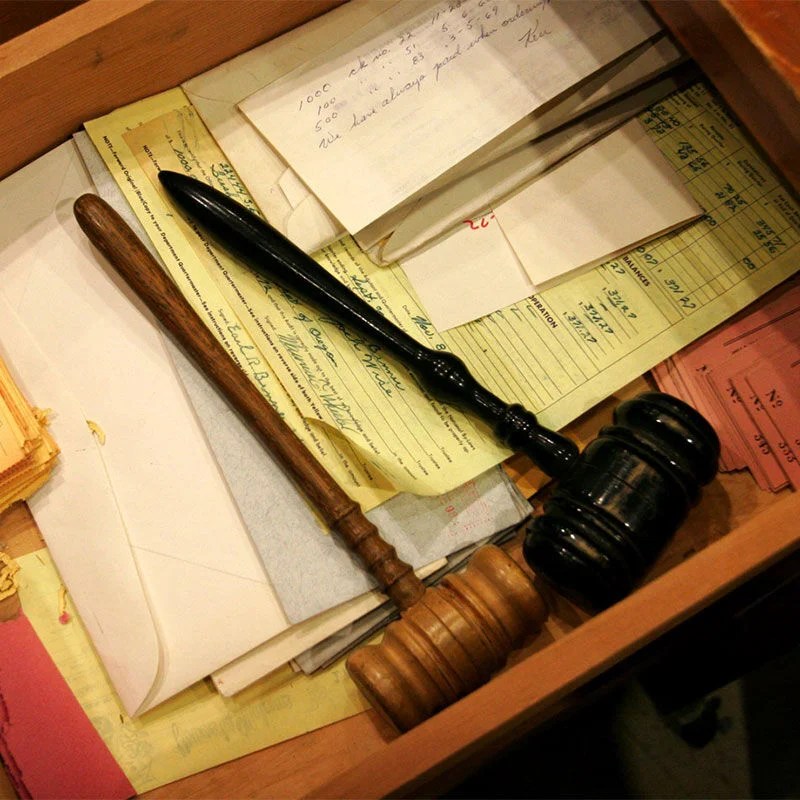One of TriMet’s first MAX trains makes its last stop — at a museum
Published 12:00 pm Tuesday, July 8, 2025

- TriMet is donating its Type 1 vehicle, the "101," to the Oregon Electric Railway Museum in Brooks, which will preserve the first MAX train car manufactured. (Submitted by TriMet)
It’s been 38 years and 2.2 million miles traveled for this TriMet MAX train. Now, it’s ready to roll into retirement.
TriMet is donating its Type 1 vehicle, the “101,” to the Oregon Electric Railway Museum in Brooks, which will preserve the first MAX train car manufactured. It will join a large collection of electric trolleys and streetcars, and will stay in motion.
“As soon as the first Type 1 light rail vehicle started operation in 1986, we were making plans for the museum to acquire one upon retirement,” Greg Bonn, the museum’s former director and son of its founder, said in a statement.
Trending
A celebration on Tuesday, July 8, marked the pioneering train’s retirement.
The car will be transported later this month, TriMet said in a news release, giving it a new home about 38 miles south of Portland and keeping it in the Willamette Valley. Other Portland vehicles there include cars from the Mt. Hood, Broadway, Council Crest and Portland interurban systems.
Guests can see the Type 1 during the Great Oregon Steam-Up, scheduled for July 26-27 and August 2-3, before it is moved to the museum’s vehicle barn for occasional tours.
Why is TriMet retiring these trains?
TriMet is phasing out its Type 1 models as it introduces the new Type 6 MAX trains — the most technologically advanced MAX trains yet. A few Type 1 trains will continue to serve rides through the start of 2026, offering one last opportunity for those looking for a final ride on the original models.
For those unsure of how to spot a Type 1, there are two key features to look out for. Check that the train number at the top starts with a “1,” or, if it has stairs, it’s a Type 1. These trains will always be coupled with a Type 2 or Type 3 MAX train because stairs are not accessible for all.
Where are the rest of the Type 1 MAX trains going?
The majority of the Type 1 MAX trains will be sent to Radius Recycling, where they are being turned into materials, such as rebar, which will be used for local construction products, according to TriMet.
Trending
It’s been about a year since the first Type 1 MAX train was recycled.
Tyler Graf, a public information officer at TriMet, described that the train was solely used for parts, since they could no longer find what they needed for repairs. It sat and was parted out over a year to provide for the rest.
“These trains are so old, and essentially obsolete, that we can’t source parts for the trains anymore,” Graf said of the Type 1s in a previous interview with the Portland Tribune.
The others have since started being decommissioned, first removing the trains’ HVAC systems, followed by the wheel trucks, gearbox oil, hydraulic fluid, batteries and other unrecyclable parts.
What follows are the trains being separated into sections before being placed onto the back of a 50-foot truck for transport, according to TriMet. Only one company on the West Coast is able to transport an intact vehicle, which requires special permits.
Type 1 MAX train history
Up until the mid-1980s, TriMet had only run bus service. It wasn’t until 1986 that the light rail system was started. It was a decades-in-the-making shift in transportation planning for both TriMet and North America.
Graf said that the agency was only the second city on the West Coast — behind San Diego — to construct a light rail.
“Portland was on the cutting edge, we were on the forefront of light rail expansion,” Graf said.
The Type 1 MAX trains are the only ones not manufactured by Siemens Mobility. Instead, they were done by Bombardier, a French-Canadian manufacturer. They remained the only model with elevated floors, and have since been paired with other generations to for improved accessibility for riders.
These trains paved the way for future generations and have had a fair share of pop culture moments.
Graf mentioned that the movie, “The Hunted,” is one of the few movies that feature an “actual” MAX train, which ended up being a bus articulated to look like a Type 1 MAX train. It boasts the same boxy build, but in the film crossed the Hawthorne Bridge, as opposed to the Steel Bridge.
“Anybody who’s watching the movie and is familiar with Portland would notice that inconsistency,” Graf said.
New Type 6 Max trains
There will be a total of 30 new vehicles, called the Type 6 MAX trains. By the time the trains are in service, they will have operated more than 5,000 miles due to their “burn-in” phase.
Brightly blue and orange in color, they are the same length as the Type 5 MAX trains at 96 feet and 11 inches, and the same width at 8 feet and 8 inches.
Type 6 MAX train features include:
- Video-enabled destination screens
- Improved lighting and temperature control
- Predictive maintenance for reliability
- Advanced security system
- Operator cabs at both ends of the train car
- The capacity for 168 riders
The goal of the new trains is to improve the rider experience, Graf said, offering improved features for both the riders and the crew aboard.







